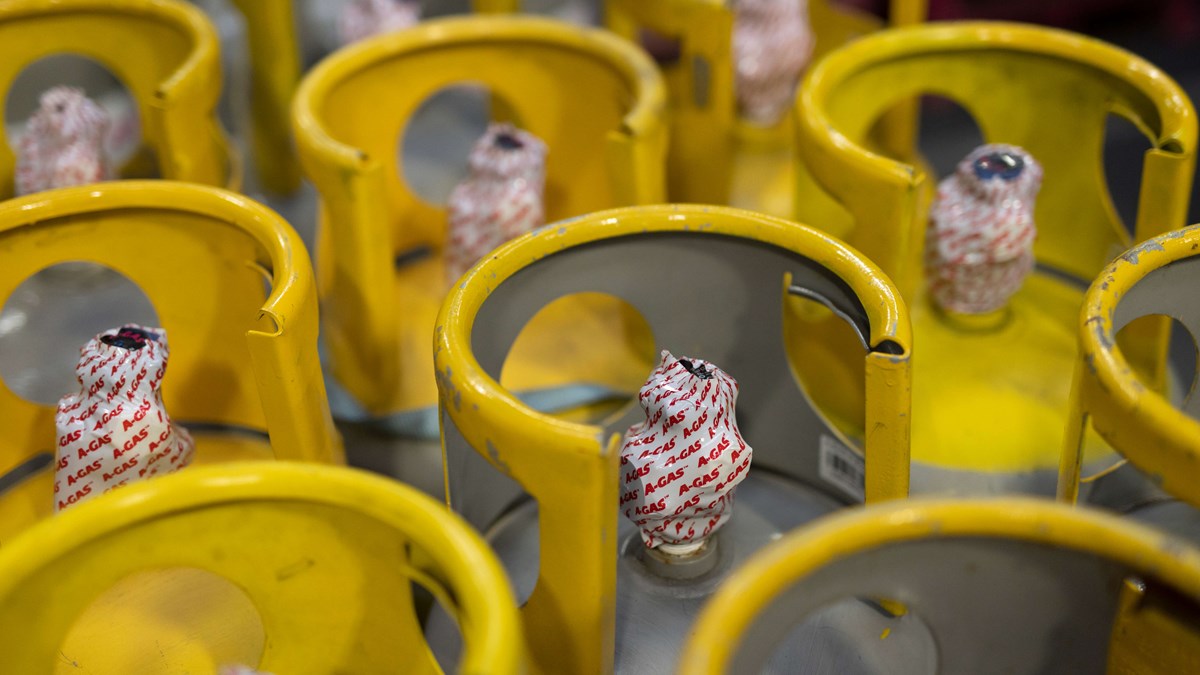
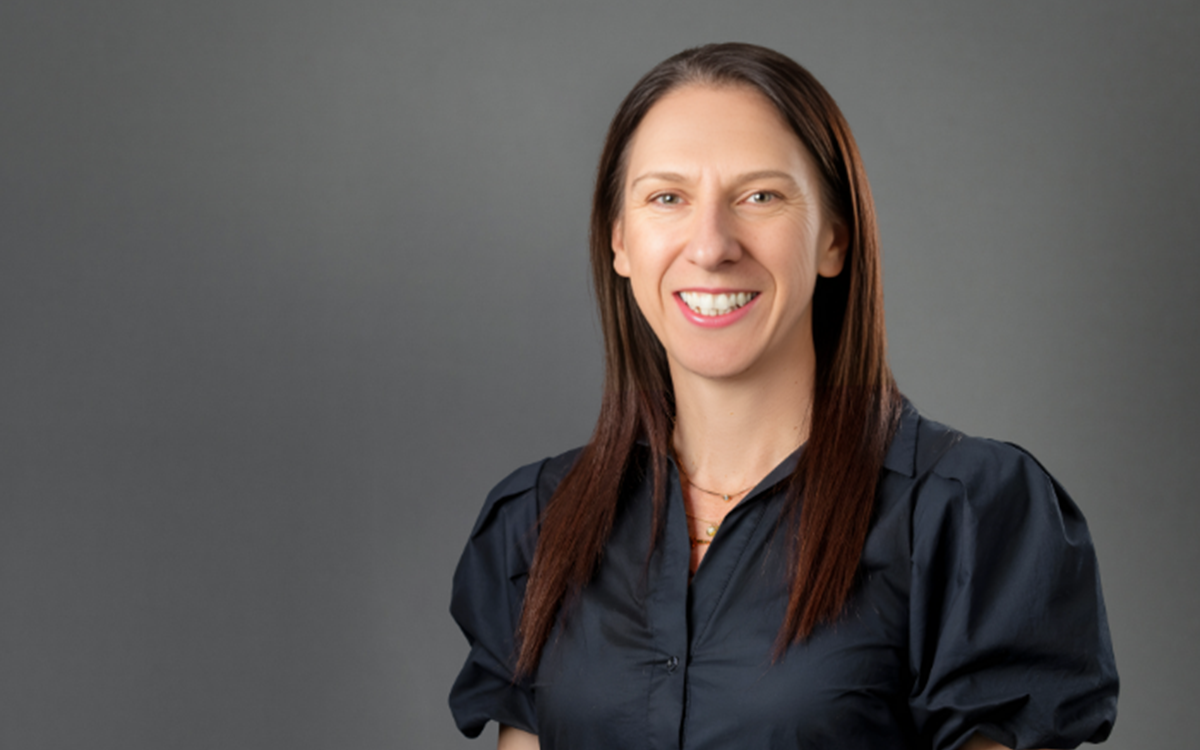
Group Sustainability Compliance Manager, Elvira Nigido, reflects on how the refrigerant industry is driving global change by turning science into measurable climate action.
Every year, World Ozone Day reminds us of one of the greatest environmental success stories of our time, the global effort to protect and restore the ozone layer. This year’s theme, “From Science to Global Action,” highlights how research and international collaboration have turned knowledge into real-world impact. Nowhere is this clearer than in the refrigerant industry, which has been at the heart of this transformation for decades.
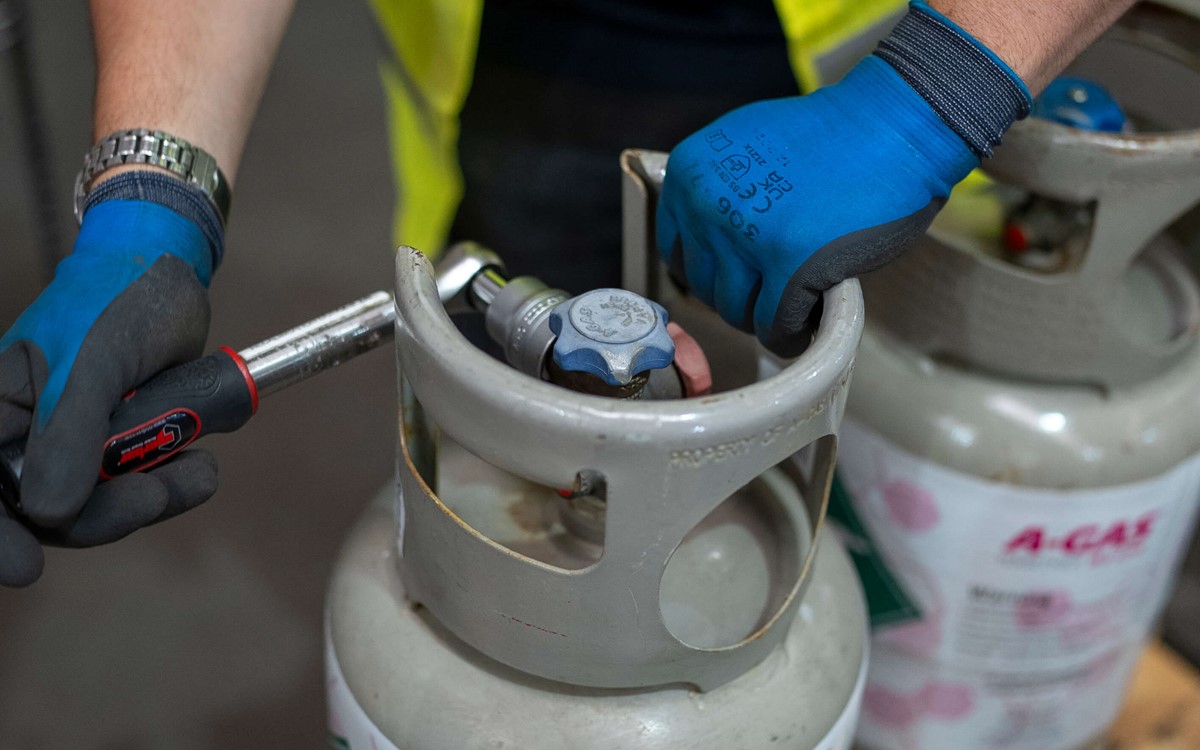
An Industry That Had to Change
Refrigerants are essential to modern life; they power the air conditioners, refrigeration systems, and heat pumps that keep our homes and workplaces comfortable, our food fresh, and our medicines safe.
However, before they were phased out, refrigerants like CFCs and halons used in fire protection were once a major contributor to ozone depletion and climate change. The discovery of the ozone hole in the 1980s cast a spotlight on these harmful ozone substances that were being produced and used every day. But science led the way, and the refrigerant industry reacted.
In response to the Montreal Protocol, through innovation, investment, and global cooperation, the refrigeration and fire protection industries developed new solutions and phased out these harmful substances. Today, ozone-depleting substances are largely consigned to history, and the ozone layer is on track to heal, a clear example of how our sector has driven change on a global scale.
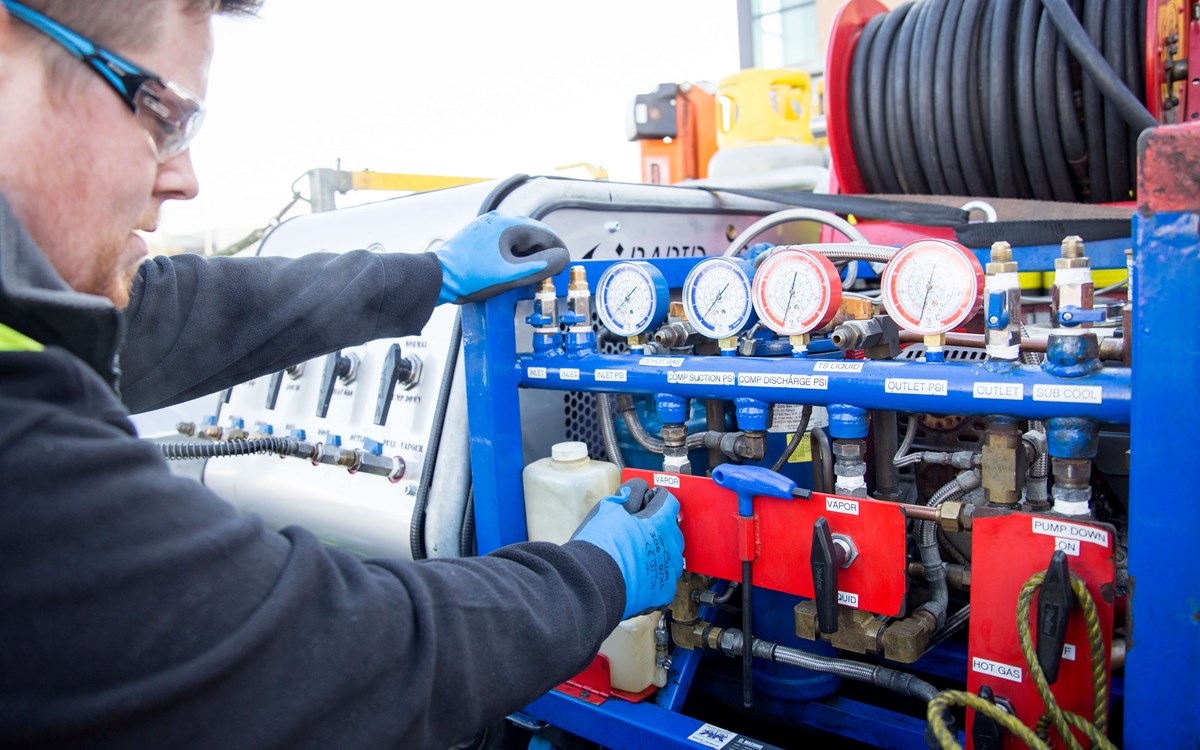
Driving Climate Action Today
But our work is far from over. The refrigerant industry now faces a new challenge: tackling the climate impact of high global warming potential (GWP) gases. Once again, science has shown us the urgency and our industry, in collaboration with governments around the world, is stepping up.
This time, it is not just about phasing out or phasing down legacy refrigerants; it is about rethinking the entire lifecycle of refrigerants. Recovery, reclamation, recycling, and destruction are critical tools in preventing and reducing emissions. By building a circular economy for refrigerants, we can avoid unnecessary production, prevent harmful releases, extend equipment lifetimes and support the transition to lower-GWP alternatives.
It is not just about phasing out or phasing down legacy refrigerants; it is about rethinking the entire lifecycle of refrigerants.
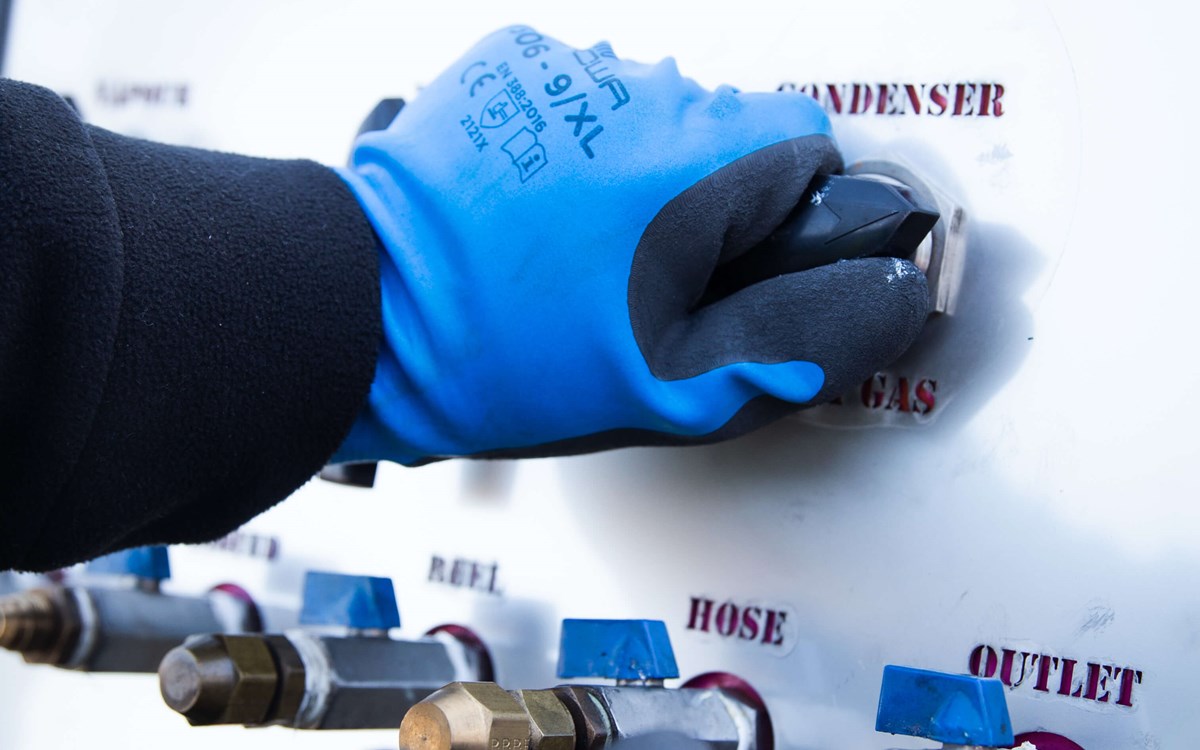
The Road Ahead
As the Kigali Amendment drives further HFC step-downs and the transition to lower global warming products occurs, for stakeholders that are not in a position to transition, certified reclaimed product availability will be critical in bridging their refrigerant gaps. The market's ability to innovate and collaborate will be more important than ever. We know the scale of the challenge, and we also know from experience that this sector can deliver.
A-Gas at the Forefront
At A-Gas, we are proud to play a leading role in this transition. Our large-scale recovery services, advanced separation technologies, reclamation and safe destruction capabilities enable our customers to turn their potential environmental liabilities into assets. Not only supporting their environmental compliance obligations, but also helping them on their sustainability journeys.
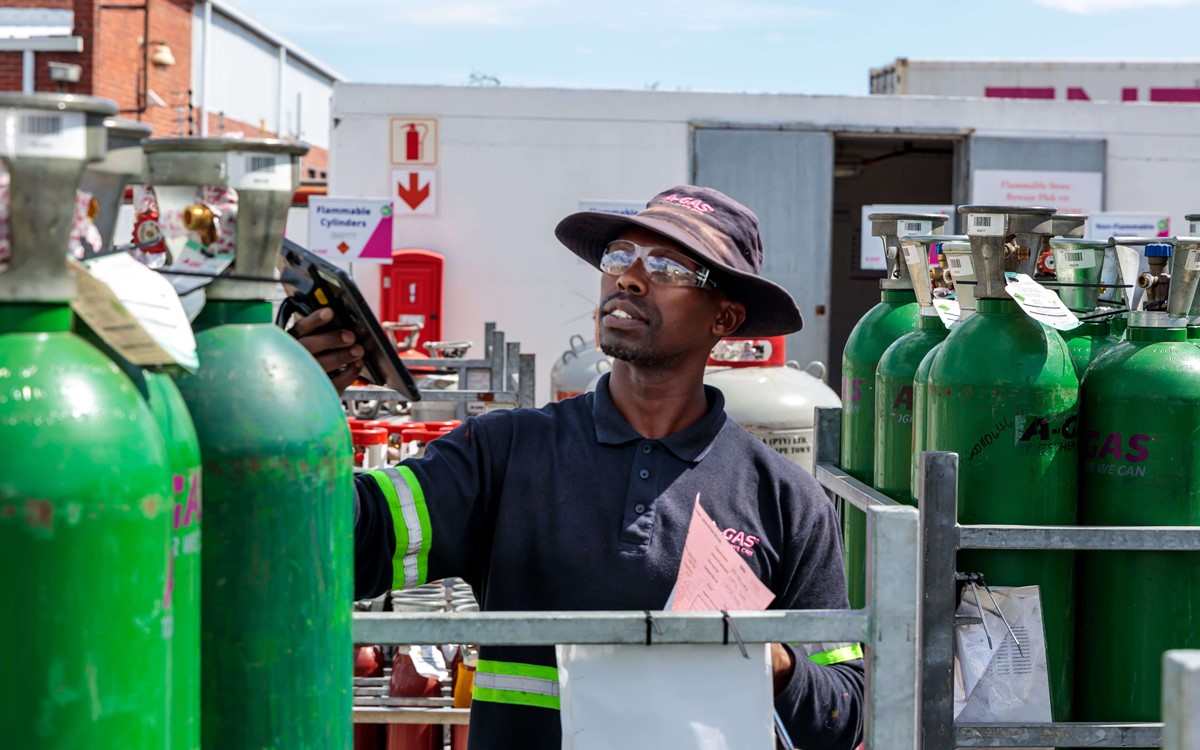
In 2024, through its recovery and reclamation efforts, A-Gas avoided over 10 million tons of CO2 equivalent, which is equal to taking 2,298,484 cars off the road in a year.
Every cylinder we recover, every kilogram we reclaim or safely destroy is proof that we are helping the refrigerant industry drive meaningful climate action.
From Science to Global Action, Together
World Ozone Day is not just about celebrating past success. It is a call to keep pushing forward. The refrigerant industry has proven its ability to adapt before, and today we are proving it again, by driving the innovations and actions that will protect both the ozone layer and the climate.
At A-Gas, we are proud to stand at the forefront of this journey, working alongside our partners, our customers, and our industry to turn science into global action.
Together, we can.
